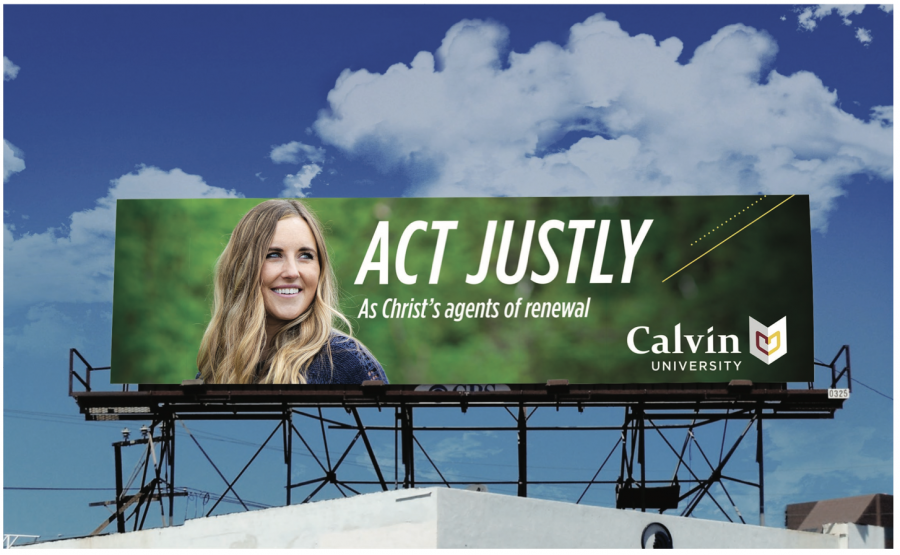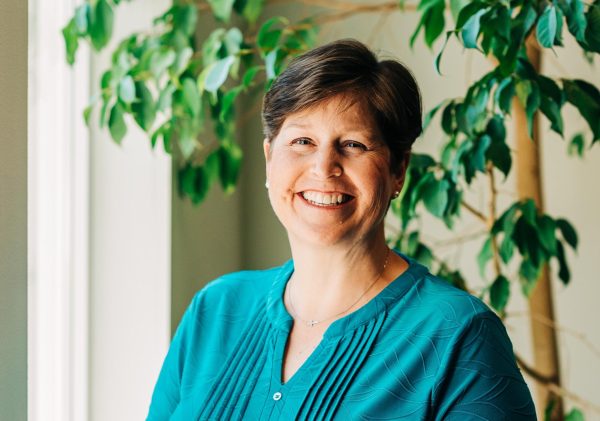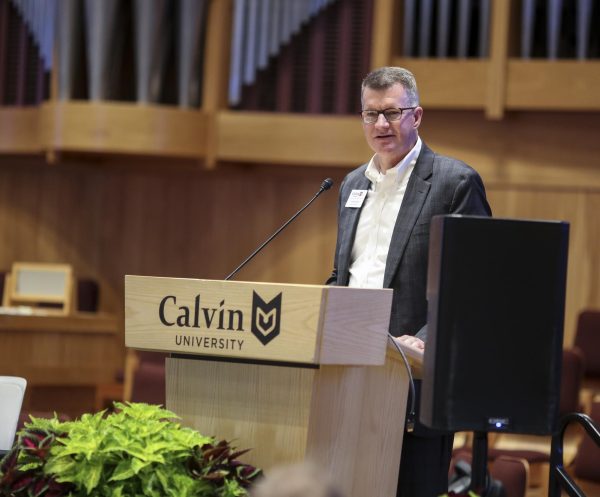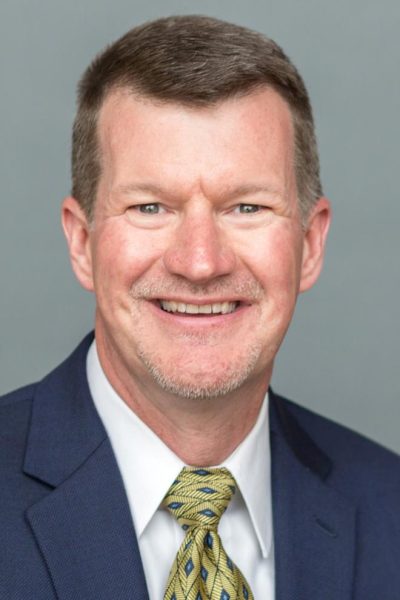Selling a vision: the advertising strategies of the Calvin brand
Photo courtesy of Calvin University’s Communications and Marketing Department
Calvin’s advertisements mainly focus on the 400-mile radius around campus in addition to several specific communities across the country.
Over the past decade the way Calvin advertises to prospective students has changed significantly. For instance, data collection has allowed Calvin to segment their message and more specifically target different populations. The decrease in CRC enrollment has inspired an increase in Christian high school targeting. Additionally, reforming Calvin’s brand identity through an extensive research process has solidified the marketing team’s current approaches.
Tim Ellens, director of communications and brand steward, expressed that advertisements are a key piece of a larger strategy to market Calvin as a unique brand.
Ellens said that the university’s current outreach to prospective students is heavily concentrated on digital advertising. Advertising across the internet allows the marketing team to measure the interest of prospective students, tailor messages to the interests of individuals, target key geographic areas and meet their target audience where they are.
Calvin’s advertisements primarily focus on the 400-mile radius surrounding the campus — including around a dozen specific locations in Michigan. Efforts aren’t only focused locally, however. In addition to those already listed, Calvin targets nine communities from across the country where the university has historically drawn significant numbers of students.
In 2014, the institution underwent what Ellens referred to as a “comprehensive branding process” complete with research, an exploration of Calvin’s demographics and identity, and analysis of what sets the school apart from its competitors. This was the first review of Calvin’s brand strategy since 2001.
Carried out by higher education marketing firm Carnegie Dartlet, this process resulted in two key documents for developing Calvin’s advertisements: the Master Brand Strategy and Brand Identity Standards.
The Master Brand Strategy is the result of a series of on-campus and online workshops held by Carnegie Dartlet consultants in which 1,290 faculty, staff, students, alumni, and others affected by the Calvin community engaged in conversations about the current state and desired future of the institution. This document lays out adjectives that participants perceive as describing Calvin’s personality traits, a description of the current social archetypes at Calvin alongside goals for future archetype composition, and storyline strategies to reach each of these archetypes through targeted advertisement.
The Master Brand Strategy also lays out goals that will allow Calvin to become more appealing to prospective students in the coming years. These goals include “the need to shed the perception that Calvin is isolated and warmly welcome differing perspectives in general,” a shift from presenting itself as truth-knowing to appearing as truth-seeking, and a commitment to cultivating “courageous wonder.”
The Brand Identity Standards give a more functional set of guidelines for how Calvin ought to present a consistent visual identity. The document’s application statement says, “A unified Calvin is a healthy Calvin, and by centralizing our brand identity system, we build equity into the whole organization. Consistency, clarity, and quality are the primary functions of this document.”
These standards give university staff a color palette for the design of communications products, fonts for messaging, and an assortment of logo layouts. In addition, it gives rules for the use of logos, department and program signature logos, and guidelines for the composition of marketing photography.
Measuring success in advertising, Ellens conveyed, is a difficult task. “The holy grail of advertising,” he said, “is to be able to determine that a specific ad translated to a deposit. While we hear that anecdotally, we still cannot measure that with any kind of consistency across all platforms.” Ellens continued to say that digital advertising has allowed the marketing team to measure clicks per ad, form fills, website visits, and more easily see other measures of effectiveness, but success itself remains difficult to gauge, especially in more traditional forms of advertising like radio, print, and outdoor signage.
Ellens expressed that the recent name change to university doesn’t represent a shift in marketing so much as it does a desire to reach a more diverse community of learners. This desire for increased diversity may soon require new messages, strategies, and partners to achieve its goal.
Calvin’s advertisements set themselves apart from secular universities in that they are explicitly Christian. Ellens says Calvin also differs “from many Christian universities by promoting our academic reputation and recognition.”
Calvin’s 2018 tax Form 990 reported a total of $538,076 spent on advertising and promotion — approximately 0.31% of the $176,002,73 in functional expenses the same year.









